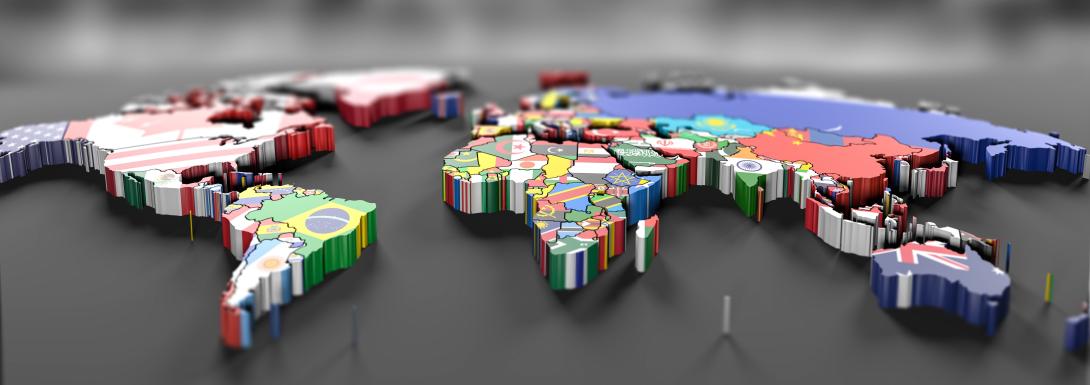
Export control prevents the transfer of potentially dangerous technology, tangible items, and software to entities who would use it to undermine the security of the United States and its allies. MIT Export Control's mission is to protect MIT's open research policy and the free interchange of information among scholars while complying with U.S. export control law.
Export control compliance requires understanding four factors:
- Collaborator: What is the name of the individual who will receive the export controlled material? What is the name of the institution (company, university, foundation, etc) that will receive the export controlled material? Are they on any restricted lists?
- Country: What country is your material being exported to? Are there intermediate destinations or third party transfers involved? Is it going to a comprehensively sanctioned country?
- Subject matter: What is the area of research (for example, nanotechnology, batteries, astrophysics, encryption)?
- End use: What will the material ultimately be used for (for example, critical part for testing a new turbine engine design, diffraction grating for astrophysical applications, new polymer for reinforcing rubber gaskets)? “Research” is not a sufficient answer.
Export control and research
Export control affects all scholarly activities, including those taking place within the United States. Contact MIT Export Control to learn more or receive specialized training.
Export compliance at MIT
Faculty can review Export Control at MIT: What New Faculty Need to Know [PDF] for an overview of export control concepts and considerations for their research.
The Export Compliance Management Plan [PDF] describes MIT's commitment to export control, including the roles MIT Export Control and other units play in the Institute's compliance strategy.